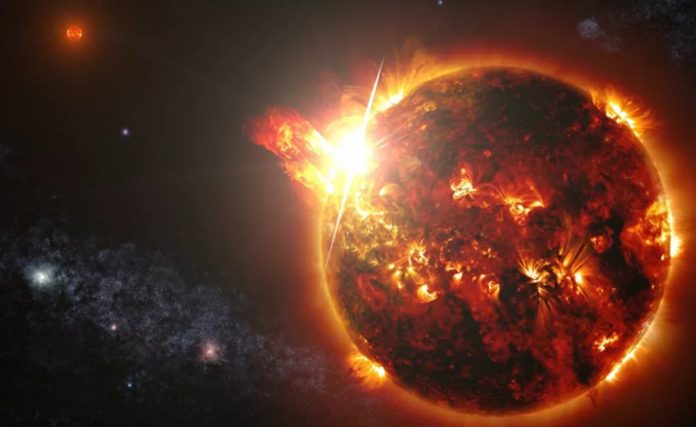Many stars, as they enter the final phase of their life, produce less and less heat and their nuclei begin to cool down for billions of years until they are completely extinguished. In a few dwarfs, this process takes much longer than in others and this is what represents a great puzzle for scientists around the world.
Most of the stars in the Milky Way have a mass eight times less than the Sun. Once such space objects deplete hydrogen and helium, they lose the pressure necessary to ignite their excess carbon. As a result, they begin to expel their outer matter while their core contracts into a sphere the size of Earth.
In 2019, several astronomers found a certain type of white dwarf stars that cool more slowly than others, as if they had an additional heat source. Thanks to new research, possible factors that could cause this slowness could now be ruled out:
- Sedimentation.
- The sinking of an isotope of neon into the interior of the star.
The second theory was supported by the team of astronomer Sihao Cheng from Johns Hopkins University in the USA. His team investigated the so-called Q-branch white dwarf stars, whose mass constitutes 6% of massive white dwarfs and which, as they enter the final phase of their lives, cool more slowly. Sihao Cheng and his colleagues say that the respective processes are delayed almost 8,000 million years compared to those that can be observed in other space objects of this class.
Scientists suggested that a neon isotope, neon-22, found in some white dwarfs in small amounts, could be responsible for their extra heating. According to them, in these stars with nuclei consisting of carbon and oxygen, the isotope of neon penetrates their center and provides an additional source of heat.
How this theory was ruled out
Now the team of astronomers led by Matt Caplan from Illinois State University has tried to test that hypothesis and implemented a series of molecular dynamics simulations and built phase diagrams. The results of his research ended up ruling out this hypothesis.
During several simulations, Caplan and his colleagues realized that neon-22 microcrystals in a liquid of carbon and oxygen are always unstable. Its instability, according to scientists, can lead to two endings:
- Their mixture is so hot that it causes the isotope to melt.
- The entire mixture is completely frozen.
In addition, scientists at Illinois State University used various phase diagrams, graphs that show the physical states of a substance under a range of temperatures and pressures. In this way they were able to calculate how much neon would be needed in the mixture for its isotope to separate and become stable.
Typically, white dwarfs with carbon-oxygen nuclei include about 2% neon. For its isotopes to be stable, this mixture would need to contain at least 30% neon.
“We found that there are no conditions in which an enriched neon-22 cluster becomes stable in a white dwarf (…), and therefore the improved diffusion of its isotopes cannot explain” the phenomenon that occurs in Q-branch stars, the researchers argued in their study, published in The Astrophysical Journal Letters.
This suggests that these white dwarfs may develop a peculiar composition that explains their additional heating, and elements of the iron group are possible candidates.
Iron, according to scientists, separates in a carbon-oxygen mixture, and as little as 0.1% of this element can cause significant heating. If some astrophysical process could enrich iron in Q-branch white dwarfs by up to 1%, this rate would be enough to delay cooling by several billion years, the researchers conclude.
